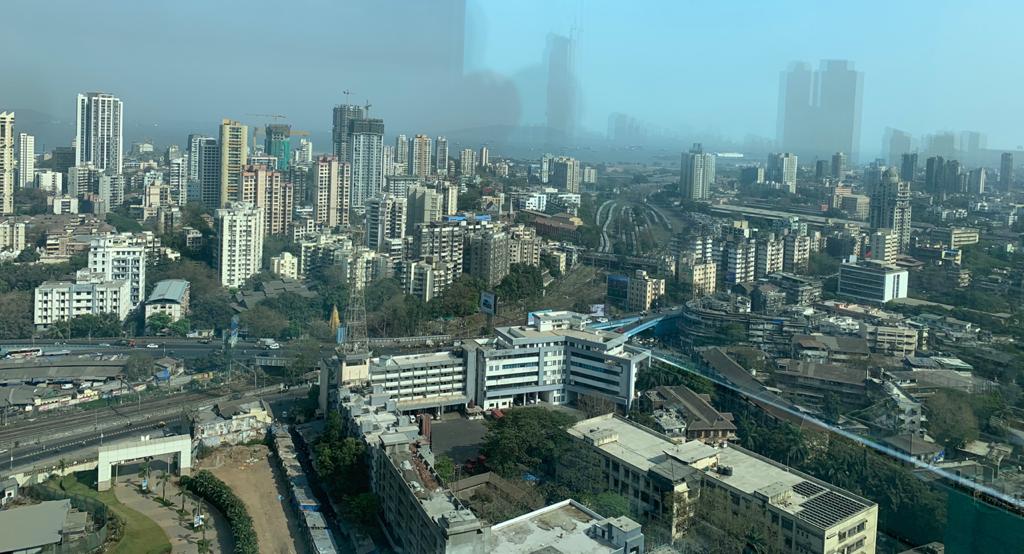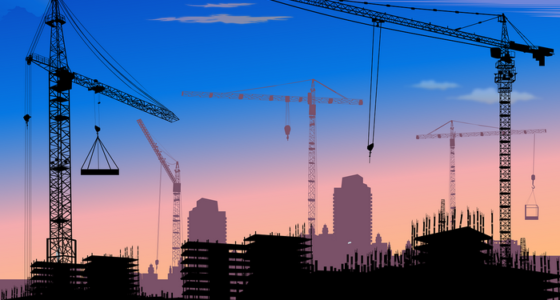Construction costs up 28% since pre-pandemic levels; however remain stable since March 2022
As of November 2022, cost of construction has increased 28% higher than pre-pandemic (November 2021) levels but continues to be stable, compared to March 2022. The costs of key construction materials have jumped 32% in a span of three years, affecting margins and operational schedule of construction companies. The government’s efforts such as reducing exports and cutting import duties have kept raw material costs in check over the last few months.
Cost of construction (INR/sq ft)
| 2021 November | 2022 March | 2022 November | Change Since March 22 | |
| Residential | 2,200 | 2,300 | 2,300 | 0% |
| Industrial | 2,000 | 2,100 | 2,100 | 0% |
Source: Colliers.
As of March 2022, construction costs rose 10-12% YoY, owing to a 20% increase in key material costs. Key construction materials such as Cement, Steel, Aluminium, Copper saw a significant increase, along with fuel and labour costs due to geopolitical issues, inflation etc. This created a challenge for developers who were facing high debt and liquidity concerns.
However, by November 2022, overall costs of key construction materials ( Steel, Cement, Aluminium and Copper) declined by 8%, as compared to March 2022. Aluminium registered highest decline of 55%, followed by Steel at 6% decline. However, Cement and Copper costs increased by 9% and 3% respectively along with labour costs. This, coupled with decreased fuel costs have kept overall construction costs stable since March 2022.
“Costs of key construction materials are likely to remain volatile for next few months due to uncertainties created by geo-political issues, persistent lockdowns in China and a probable global recession. Prices of key construction materials will hinge on multiple factors including global economic situation, inflation rates and supply constraints. Therefore, developers are likely to push new launches till the input prices further decline, as any further surge in the cost of construction materials would impact the timely delivery of ongoing projects and disrupt their cashflows resulting in increase in housing prices.” said Ramesh Nair, Chief Executive Officer, India and Managing Director, Market Development, Asia, Colliers.
“Developers are planning their projects well in advance, and aiming timely project completions to cater to the surging demand. They are increasingly adopting Just-In-Case approach to store the materials well in advance to avoid supply bottlenecks and unexpected price hikes,” said Jatin Shah, Chief Technical Officer, India & Managing Director, Technical Due Diligence, Colliers.
“Residential prices have been on the rise, increasing 6% YoY in Q3 2022, led by a combination of increased input costs and robust demand. Looking ahead, prices may be more or less stable for some quarters as the market is now seeing increasing interest rates. At the same time, some investor-markets with continued demand may continue to see some increase in prices. In the industrial sector, rents can see an upward movement led by robust demand and high costs,” said Vimal Nadar, Senior Director and Head of Research, India, Colliers.
Also Read: Will Second airport boost Goa’s real estate?









